Sobaeksan National Park Nature Center (소백산생태탐방원)
14.0Km 2025-09-05
253 Yeongdan-ro, Dansan-myeon, Yeongju-si, Gyeongsangbuk-do
Located inside Sobaeksan National Park, the Sobaeksan National Park Nature Center specializes in ecological experiences and environmental education. The center operates various programs by leveraging the superb ecological system of the Sobaeksan Mountain area. Programs include Sobaeksan Mountain climbing and ginseng experiences for physical health; forest meditation for mental health; and wellness programs with a focus on visiting world heritage sites related to Buddhist culture, for social well-being. Other programs include seasonal ecotourism programs (short-term programs); environmental education for future generations; and cooking classes using local specialties to lead the way for ecological well-being. Additionally, the center has an auditorium & classrooms(for education, training or conferences), and a cafeteria. Individuals and group visitors can use the facilities. Nearby tourist destinations include the Red Fox Eco Park, where visitors can observe first-class endangered wild animals; and historical and cultural sites, such as Buseoksa Temple and Sosuseowon Confucian Academy, which were designated as UNESCO World Heritage Sites.
Cheondongdonggul Cave (단양 천동동굴)
14.7Km 2020-01-02
Cheondong 2-gil, Danyang-gun, Chungcheongbuk-do
+82-43-422-2972
Situated on the outskirts of a mountain behind Cheondong-ri in Danyang, Cheondongdonggul Cave is a limestone cave of 470 meters in length. Created 450 million years ago, the cave is known to have beautiful limestone rocks often called “flower trays.” The cave is decorated with a breathtaking array of stalactites, stalagmites, columns and soda straws as if they were part of a lush forest. Abundant animal deposits render the cave a huge specimen gallery.
Although it is a relatively small, separate cave, Cheondongdonggul boasts plethora of splendid natural features. Along with Gosu Cave (designated as Natural Monument No. 256) in Gosu-ri, Danyang, Cheondongdonggul Cave is considered one of the most beautiful limestone caves in Korea.
Cheondong Tourist Area Water Park (천동관광지 물놀이장)
14.8Km 2024-02-26
534, Darian-ro, Danyang-eup, Danyang-gun, Chungcheongbuk-do
Cheondong Tourist Area’s Water Park is an outdoor water park that opens temporarily in July and August. It has separate pools for adults and children, a lazy river, and a high slide pool. The campground within the Cheondong Tourist Area allows visitors to stay overnight. Nearby tourist sites include Dodamsambong Peaks, Ondal Tourist Area, and Mancheonha Skywalk.
Sainam Rock (단양 사인암)
16.1Km 2025-01-14
42, Sainam 2-gil, Danyang-gun, Chungcheongbuk-do
+82-43-422-1146
Sainam Rock, located in Sainam-ri, Daegang-myeon, is one of eight scenic areas in Danyang, and is located in the southeast side of Danyang-gun, along with Sangseonam Rock, Jungseonam Rock, and Haseonam Rock of Seonam Valley.
The Sainam Rock is a rugged outcropping with an inspiring x_height of 70 meters, and the deep blue Namjocheon Stream passes in front of it, located in the southern part of Danyang-gun.
Most visitors to Danyang Eight Scenic Views tend to come to the rock as their first destination due to the good condition of the road. Also, Unseongugok Valley flows in front of Sainam Rock. The rock was picked as the most picturesque place among the Eight Scenic Views. On the cliff, there is a phrase carved by Utak’s own handwriting, as well as old pine trees on a rock floor that is reminiscent of the Haegeumgang River.
Sainam was named after the great scholar Yeokdong Utak during Goryeo Period. He had taken up a public service to assist a king in a position called sain (사인), and then he retired to his hometown of Danyang, starting out teaching young students. For this story, a governor of Danyang named the rock Sainam to commemorate his achievement during King Seongjong of the Joseon Dynasty.
Yecheon Hot Spring (예천온천)
16.2Km 2020-03-20
27, Oncheon-gil, Yecheon-gun, Gyeongsangbuk-do
+82-54-650-6588
Yecheon Hot Spring is one of the top three hot springs of Gyeongsangbuk-do along with Punggi Hot Spring and Mungyeong Hot Spring. From Yecheon, you can also visit nearby attractions in Yeongju and Bonghwa. Yecheon Hot Spring opened on March 24, 2000 and is proud of its clean and gentle waters, which make skin soft and smooth by removing built-up cells. The nutrients in the water also have anti-aging properties.
The facility completed renovations on both the men's and women's saunas on September 28, 2012, adding outdoor hot tubs that are roughly 100㎡ in size to accommodate more people wishing to enjoy the Korean spa experience.
Yangbangsan Paragliding Site (양방산활공장)
16.6Km 2021-06-16
350, Yangbangsan-gil, Danyang-gun, Chungcheongbuk-do
+82-43-420-3035
Yangbangsan Paragliding Site is situated 664 meters above sea level at the top of Yangbangsan Mountain. Upon arrival at the site, one can get a panoramic view of Danyang, including the meandering Namhangang River. While serving as the main venue for major gliding sports competitions, the site is also frequented by tourists and extreme sports enthusiasts who want to experience hang gliding and paragliding.
Sogang House [Korea Quality] / 소강고택 [한국관광 품질인증]
17.4Km 2024-10-30
22, Baraemi-gil, Bonghwa-eup, Bonghwa-gun, Gyeongsangbuk-do
+82-10-9189-5578
Located in Baraemi Village, Bonghwa, Gyeongsangbuk-do, Sogang House is a hanok that is over 100 years old. Baraemi Village, the Uiseong Kim clan village, has lots of old houses remaining, but Sogang House has an outstanding history and ambiance. The house was built around 1910 by Namho Kim Roi-sik, a renowned wealthy patriot in Gyeongsang-do, for his second son, Sogang Kim Chang-gi when he was married. Kim Roi-sik is a figure who donated the money secured on his whole possession when the Provisional Government of Korea in Shanghai was raising contributions, and received the Order of Merit for National Foundation. Sogang House is a D-shaped hanok with the adjoining sarangchae and anchae. Even the door frame of the house is built with the chunyang pine, showing the elaboration put in its building. As it is not easily twisted or rotten, chunyang pine is the best pine for architecture that was used for building the palace, the temple, and houses of aristocrats in the Joseon period. There are six guest rooms, including Sarangbang and Eosabang. Sarangbang contains two rooms and veranda, Seonbibang is the room that sunshine comes in the earliest in the morning, and Doryeongbang is the only ondol (floor-heated) room that is built with red clay. Every room has an air-conditioner and the lovely garden with a flower tree is seen through the open window.
The Namho house (남호구택)
17.4Km 2024-12-19
21 , Baraemi-gil, Bonghwa-gun, Gyeongsangbuk-do
+82-54-673-2257, +82-10-2311-3488
Bonghwa Namho Old House in Bonhwa-gun is a Gyeongsangbuk-do cultural treasure with a history going back 140 years - but the original materials were of such high-quality that the Old House has hardly detiorated at all. The toilet is shared, but has recently been renovated to a high standard. In the spacious yard you can enjoy traditional games such as Tuho, Neolttwigi, and Jegichagi. The house is convenient for transport, with Bonghwa Station (on the Yeongdong Line) just a 15-minute walk away, and a city bus stop in the village.
Museom Single-Log Bridge Festival (무섬외나무다리축제)
17.6Km 2024-11-29
41, Museom-ro 234beon-gil, Yeongju-si, Gyeongsangbuk-do
• 1330 Travel Hotline: +82-2-1330 (Korean, English, Japanese, Chinese) • For more info: +82-54-630-8703
Museom Village is surrounded by water on three sides as it is located at the place where Naeseongcheon Stream (the upstream of Nakdonggang River) and Seocheon Stream meet. The village is called Sudori, or Museom, meaning an island in an inland area. It is a traditional village which has nine cultural assets, including Haeudang House (Folk Item No. 92).
The Museom Single-Log Bridge Festival, a landmark celebration of Yeongju, is held every October. The Museom Single-Log Bridge is one of the 100 most beautiful paths of Korea selected by the Ministry of Land, Transport and Maritime Affairs. The bridge is only 23-centimeters wide and it connects the village to the land across the stream surrounding it. The festival aims to preserve and promote the nation’s traditional culture. During the festival, one can enjoy and take part in a wide variety of folk events including the intramural Ssireum (traditional wrestling) Competition, Nongak (farmer’s music) Performance, Satto (chief of the village) Parade, crossing the bridge with a cow, a groom marching on a horse and a traditional wedding ceremony.
Manjukjae House[Korea Quality] / 만죽재 고택[한국관광 품질인증]
17.6Km 2024-10-30
11-10 , Museom-ro 234beon-gil, Yeongju-si, Gyeongsangbuk-do
+82-54-638-1127
Manjukjae House is the oldest hanok in Museom Village, Yeongju, Gyeongsangbuk-do, with a history dating back 360 years. Originally built by Park Su to live the life of a reclusive gentleman after the Manchu Invasion of Korea, the house has been passed down from generation to generation through 13 generations. There are four guest rooms, Seomgye Chodang, Sarangchae (detached building), Anchae (main building), and Chaekbang (study), all of which can accommodate two people. Among them, Seomgye Chodang offers the best view, from where guests can enjoy the scenery of the log bridge in Museom Village, the Naeseongcheon Stream, and the white sandy beach. With the windows wide open, you can enjoy the cool breeze and the soothing sounds of nature.
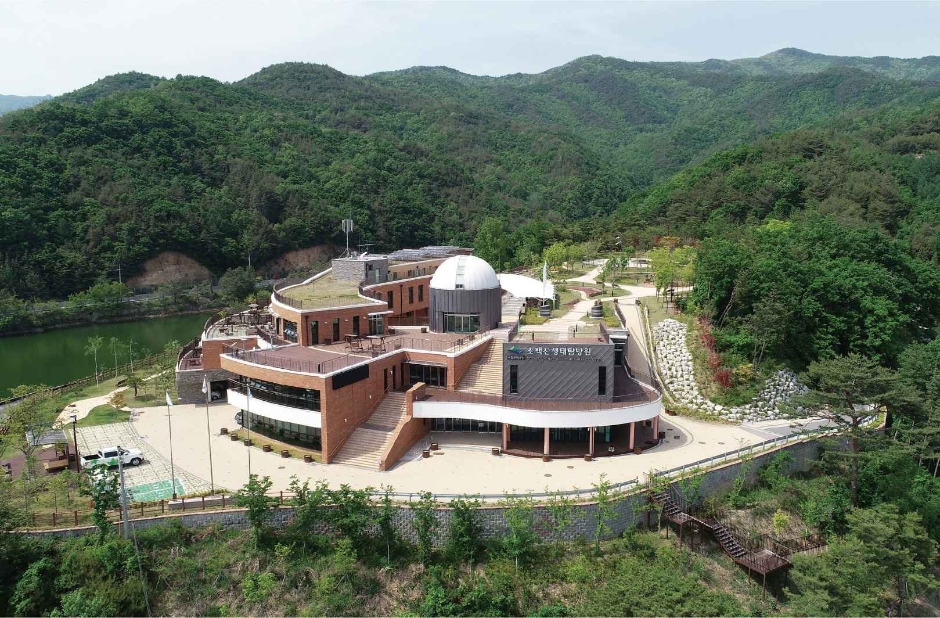
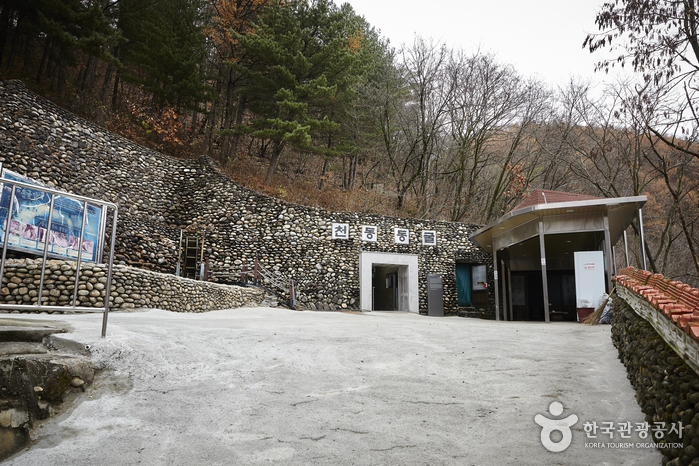
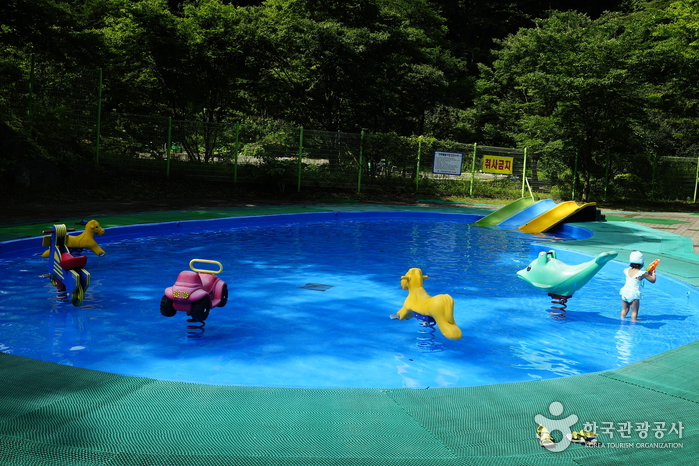
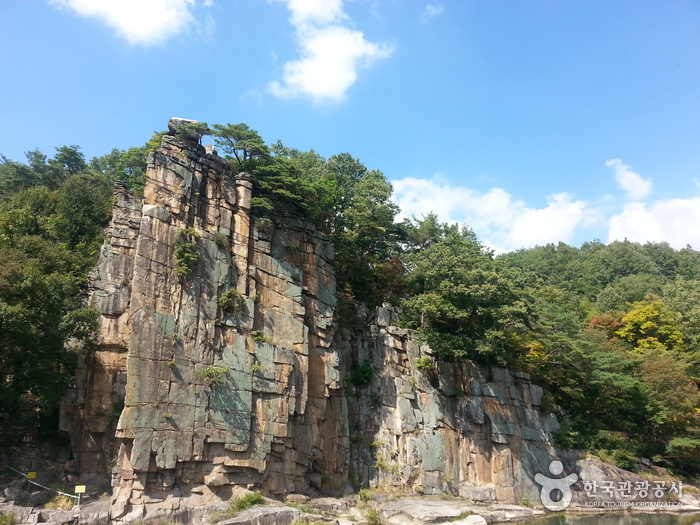
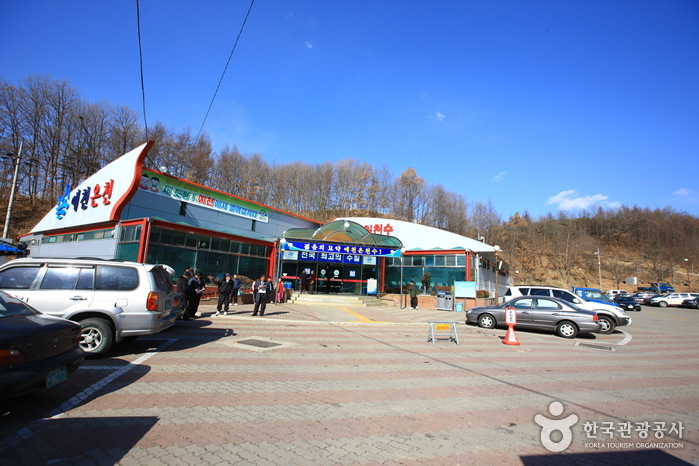
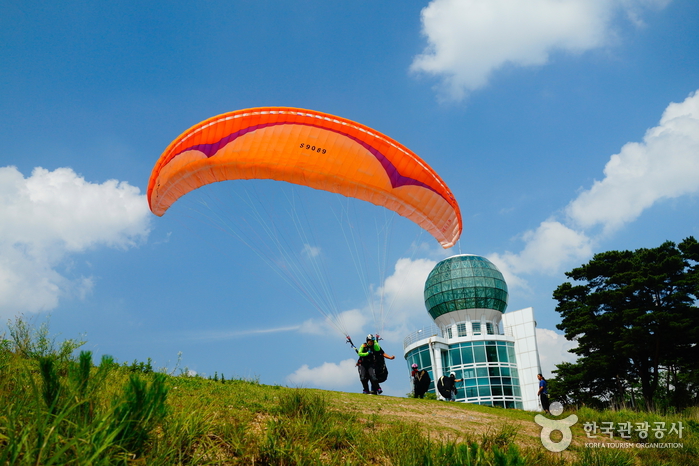
![Sogang House [Korea Quality] / 소강고택 [한국관광 품질인증]](http://tong.visitkorea.or.kr/cms/resource/80/2803880_image2_1.jpeg)
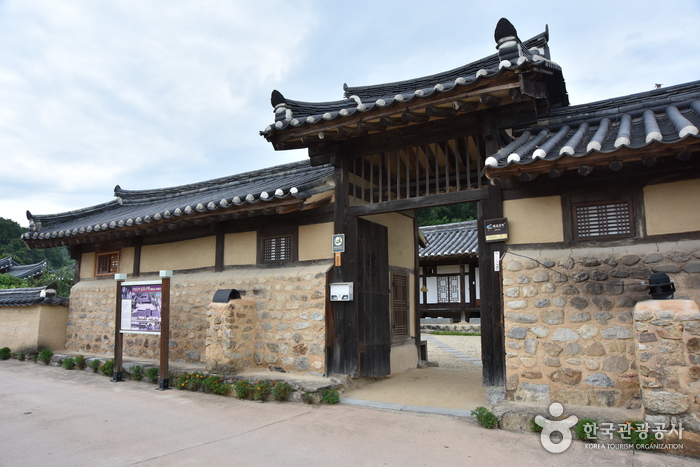
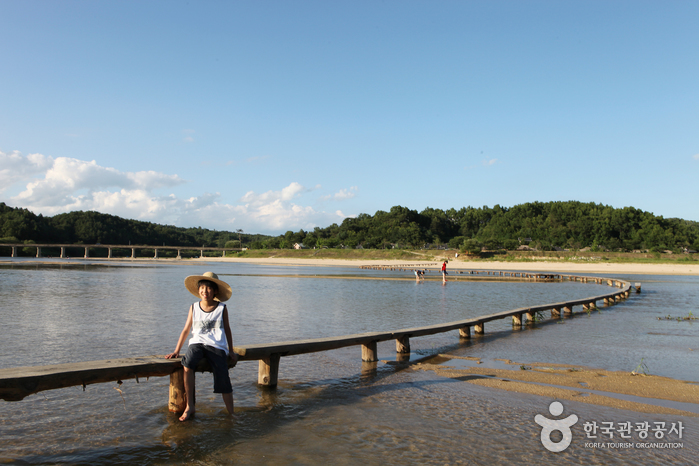
![Manjukjae House[Korea Quality] / 만죽재 고택[한국관광 품질인증]](http://tong.visitkorea.or.kr/cms/resource/55/3016955_image2_1.jpg)
 English
English
 한국어
한국어 日本語
日本語 中文(简体)
中文(简体) Deutsch
Deutsch Français
Français Español
Español Русский
Русский